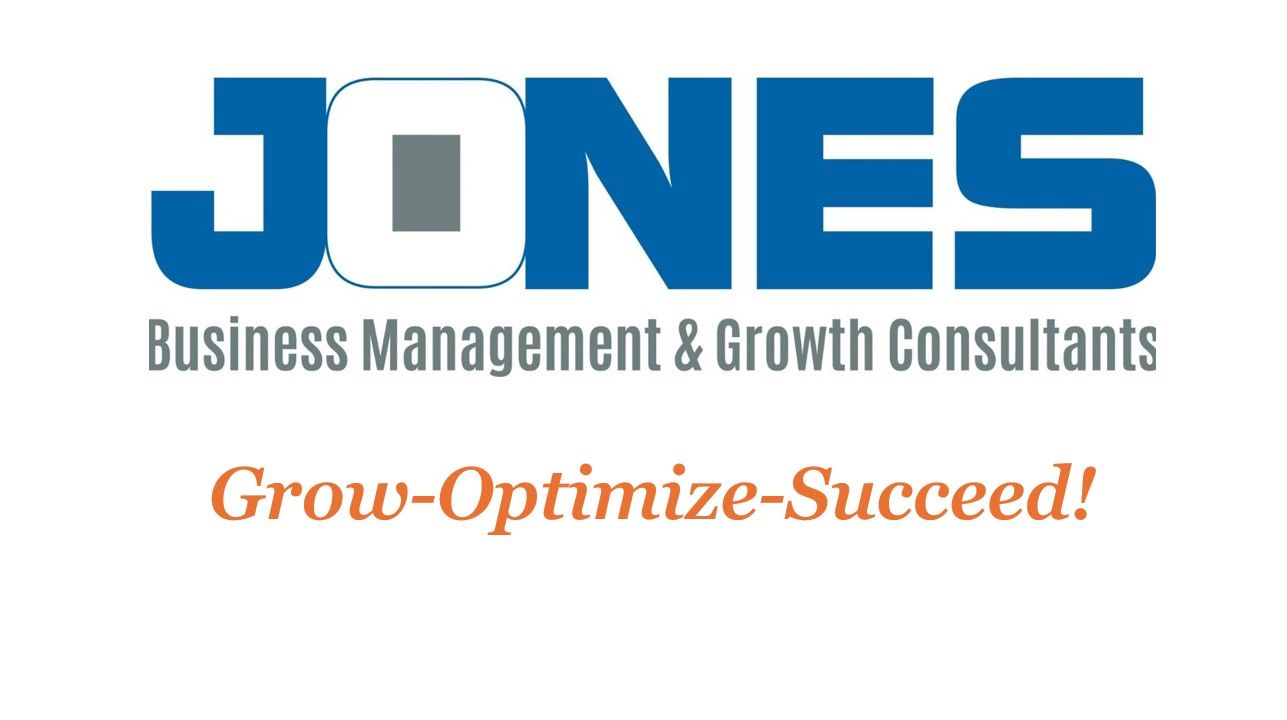Hiring for Success: The Balance Between Shared Vision and Healthy Dissent
Striking the Balance Between Unity and Innovation in Your Hiring Strategy

One of the most critical aspects of building a successful business lies in hiring the right people. As your company grows, you’ll need a team that not only aligns with your vision but also contributes meaningfully with their unique perspectives. However, there is a fine line between fostering a shared vision and inadvertently cultivating an echo chamber. Let's explore why hiring people who align with your company vision is crucial, but also why avoiding “yes men” can make or break your business's long-term success.
1. Hire People Who Share Your Vision
The first step in assembling a powerful team is to ensure that your employees align with your company's vision, mission, and core values. When individuals are on the same page regarding your overarching goals, they are more invested and engaged in the company’s success. Employees who share your vision are naturally motivated, which translates into a strong sense of purpose and commitment to their work. This alignment reduces friction and minimizes the need to micromanage, as team members already understand and are driven by the company’s objectives.
- The Benefits: Shared vision fosters a cohesive culture and sense of unity. Employees feel that they are contributing to something greater, and their work has a direct impact on the company’s purpose.
- Hiring Tip: During interviews, ask candidates about their long-term goals and what excites them about your industry. Listen to how well their responses align with your company’s mission.
2. Don’t Hire Yes Men: The Power of Constructive Dissent
While hiring for vision alignment is important, it’s equally essential to seek out people who are not afraid to voice their honest opinions. Surrounding yourself with employees who constantly agree with everything you say may feel affirming in the short term, but it can hinder innovation and decision-making. If your team never challenges your ideas, you may end up missing critical blind spots that could derail your business or prevent growth.
Here’s why you shouldn’t hire yes men:
- They Limit Growth: Yes men can create a stagnant environment where ideas and strategies are rarely challenged or improved. In a rapidly evolving market, this can be dangerous.
- They Miss Potential Problems: Healthy dissent often leads to better solutions. If no one on your team feels comfortable disagreeing, issues may go unaddressed, or poorly conceived ideas may move forward without scrutiny.
- They Weaken Your Leadership: As a leader, you need to hear the truth, even when it’s uncomfortable. Team members who always say “yes” may be more interested in pleasing you than in doing what’s best for the company.
The Balance: Shared Vision with a Culture of Constructive Critique
The most successful companies are those where diverse ideas are not just tolerated but encouraged, within the context of a shared mission. Here’s how you can hire people who align with your vision but are still capable of healthy disagreement:
- Ask the Right Questions: During interviews, pose scenarios that require critical thinking and see how candidates approach them. Ask them to describe a time when they disagreed with a superior and how they handled it. Pay attention to whether they can respectfully voice dissent and offer solutions.
- Focus on Core Values: Ensure candidates share your company’s core values but have varied experiences or backgrounds that bring fresh perspectives. They should be able to challenge ideas while keeping the company’s vision at heart.
- Encourage Open Dialogue: Create an environment where employees feel safe to express differing viewpoints. Use structured feedback sessions or anonymous surveys to encourage honest feedback, especially from those who might otherwise be hesitant to speak up.
Conclusion: Fostering a Culture of Vision and Innovation
Hiring people who share your vision sets the foundation for a cohesive and purpose-driven team. However, the real magic happens when you balance this alignment with a culture that values constructive criticism. By bringing in employees who are invested in your vision but are not afraid to speak up when they see room for improvement, you create a dynamic, innovative, and resilient organization.
The challenge, of course, lies in identifying these individuals. But with thoughtful interview questions, a focus on core values, and a commitment to open dialogue, you can build a team that shares your passion for your company's mission while driving it forward with honest, innovative insights.
Remember, the best ideas are rarely born from a room full of people who think the same way. They come from a room where respectful disagreement leads to the best solutions for shared success.
#Leadership #HiringStrategy #TeamCulture #VisionaryLeadership #Innovation #ConstructiveCriticism #TeamBuilding #CompanyGrowth #BusinessTips #WorkplaceCulture #HealthyDebate #SuccessMindset #EmployeeEngagement #BusinessLeadership #OrganizationalDevelopment










